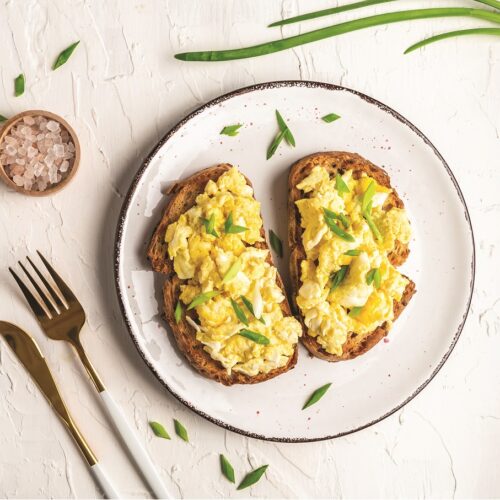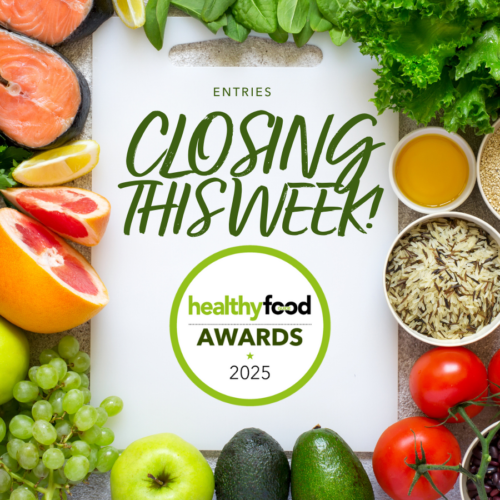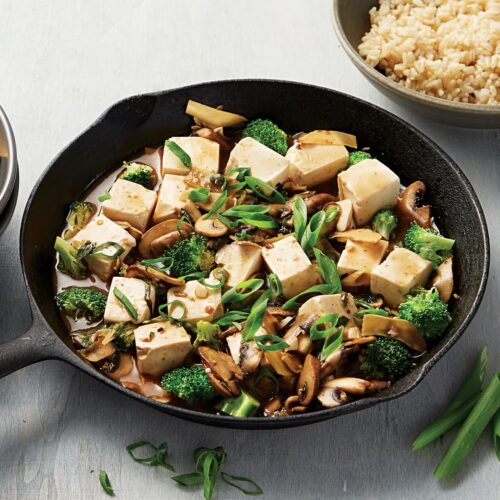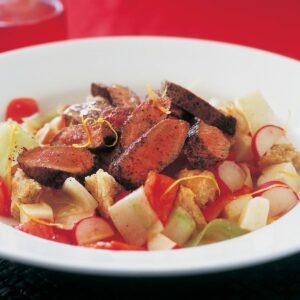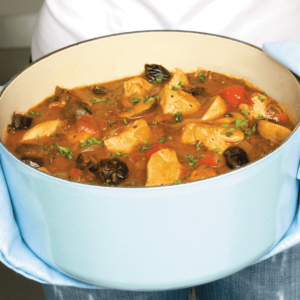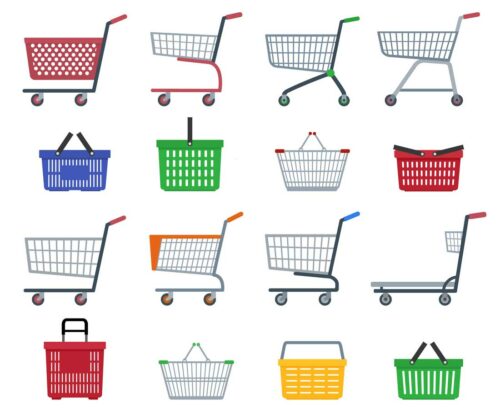
With so many brands and product variations on offer these days, it can be really hard to figure out which are the healthiest choices for you and your family. Look out for these five food marketing ploys that are designed to lead you astray.
1. Green packaging
A US study compared people’s responses to chocolate bars with green, white or red labels. The study concluded that green labels increase perceived healthfulness, especially among consumers who place high importance on healthy eating. As a result, green is often used in food packaging to convey a healthier choice.
2. Sale traps
Discounted products, two-for-one deals and brightly coloured packaging that entice children (pester power is every busy parent’s nightmare) can all cause you to make unhealthy choices in store. If you see an attractive supermarket offer, ask yourself if you would buy those chips or biscuits if they weren’t discounted. If the answer is no, move on
3. Ticks and endorsements
Logos and stamps are positive certifications, but they’re not always a reliable guide for choosing the healthiest foods on supermarket shelves. While some are certified, beware of ‘ticks’ that are self-awarded by a company’s marketing team.
4. Irrelevant claims
If you see a packet of sweets that claims to be fat free, you might think it is a strange boast. After all, when did sugar, water and food colouring even remotely contain fat? And yet, that’s how illogical some health claims have become. Confectionery is one of the worst cases in point: when we’re time poor at the supermarket or petrol station, it’s easy to grab a pack of something sweet that’s wrapped in healthily worded packaging.
5. Misleading messages
Any food can claim to be ‘natural’, ‘healthy’ or ‘light’ because there is no law limiting the use of these marketing terms. Since so much of our food decisions are contextual and subliminal, we’re more likely to think a food is healthy if we’re shopping or eating in a supposedly ‘healthy’ environment. The health food aisle of supermarkets is one such place where this ‘context’ can be misleading. Some of the foods found here are formulated for people with dietary needs, such as gluten-free or nut-free products, but that doesn’t mean these foods are more nutritious than regular food brands.
You might also be interested in:
Article sources and references
- Compare The Market. 2021. The supermarket tricks to get you spending more — and how to avoid them. Accessed February 2022https://www.comparethemarket.com.au/news/supermarket-tricks-and-how-to-avoid-them/
- Finder. 2021. Supermarket statistics 2021. Accessed February 2022https://www.finder.com.au/supermarket-statistics-2022
- Hustle Escape. 2020. Supermarket Psychology: How They Use Science to Make Us Spend More. Accessed February 2022https://www.hustleescape.com/supermarket-spending-psychology/
- Maston, G. 2017. The art of food sales. Accessed February 2022http://gabriellemaston.com/the-art-of-food-sales/
www.healthyfood.com



